Home>Storage Ideas>Bathroom Storage>How Much Does It Cost To Remodel A Bathroom?
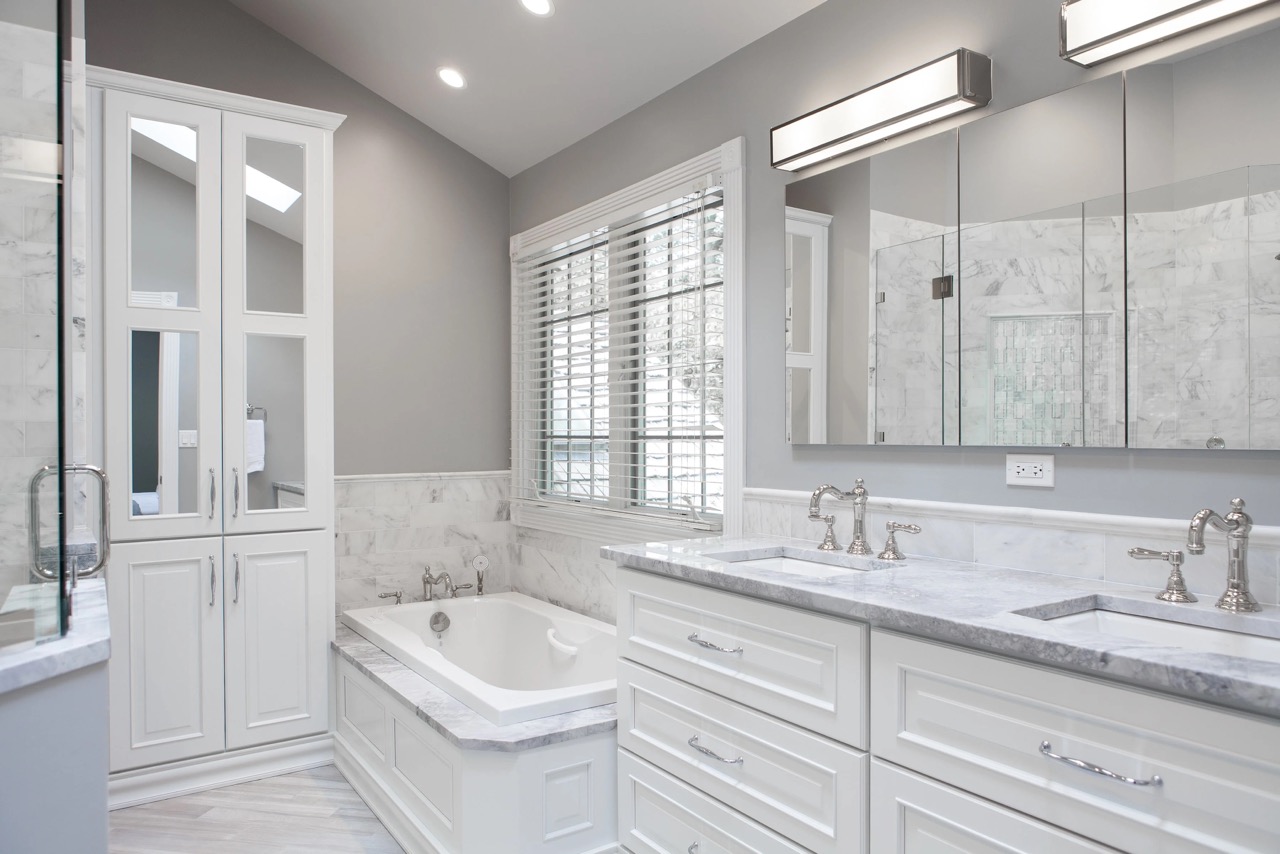

Bathroom Storage
How Much Does It Cost To Remodel A Bathroom?
Modified: October 20, 2024
Find out the average cost of remodeling a bathroom and get tips for maximizing bathroom storage. Transform your space with affordable solutions.
(Many of the links in this article redirect to a specific reviewed product. Your purchase of these products through affiliate links helps to generate commission for Storables.com, at no extra cost. Learn more)
Introduction
Remodeling a bathroom is an exciting project that can transform the look and functionality of one of the most important rooms in your home. Whether you’re looking to update outdated fixtures, improve storage options, or create a more luxurious space, a bathroom remodel can breathe new life into your home.
However, before embarking on a bathroom remodeling project, it’s essential to have a good understanding of the costs involved. Planning and budgeting accordingly will help ensure a successful and stress-free renovation.
In this article, we’ll explore the various factors that can affect bathroom remodeling costs and provide an overview of the expenses you can expect at different budget levels. Additionally, we’ll share some cost-saving tips and help you determine whether hiring professionals or taking the do-it-yourself (DIY) route is the best option for your bathroom renovation project.
So, let’s dive in and discover how much it really costs to remodel a bathroom!
Key Takeaways:
- Planning a bathroom remodel? Understand the costs involved, from basic updates to high-end transformations. Factor in additional expenses and consider cost-saving tips to achieve your dream bathroom within budget.
- Deciding between hiring professionals or DIY? Consider your skill level, time, budget, and project complexity. Proper planning and research are essential for a successful bathroom remodel.
Read more: How Much Does A Vanity Cost
Factors Affecting Bathroom Remodeling Costs
When it comes to remodeling a bathroom, there are several factors that can significantly impact the overall cost of the project. Understanding these factors will help you budget effectively and make informed decisions during the planning process. Let’s explore some key factors that can affect bathroom remodeling costs:
- Size of the Bathroom: The size of the bathroom plays a crucial role in determining the cost. Larger bathrooms generally require more materials, labor, and time, which can drive up the expenses.
- Scope of the Project: The extent of the renovation will also impact the cost. Are you planning a simple cosmetic upgrade or a complete overhaul that involves changing the layout, plumbing, and electrical systems?
- Quality of Materials: The quality of materials you choose for your bathroom remodel can significantly affect the cost. High-end materials such as natural stone countertops, custom cabinetry, and designer fixtures will be more expensive compared to standard options.
- Fixtures and Features: Upgrading your bathroom fixtures and features can add to the overall cost. Installing a spa-like bathtub, a rainfall showerhead, or heated flooring will increase the expenses.
- Plumbing and Electrical Work: If your remodel involves moving plumbing or electrical components, be prepared for additional costs. Relocating pipes or rewiring the electrical system requires professional expertise and can add to the budget.
- Accessibility Upgrades: If you’re considering making your bathroom more accessible, such as by installing grab bars or widening doorways for wheelchair accessibility, these modifications will increase the costs.
- Permits and Inspections: Depending on the complexity of your bathroom remodel, you may need permits and inspections, which come with additional fees.
Keep in mind that the above factors are not exhaustive, and there may be other elements that could impact the cost of your bathroom remodel. It’s crucial to consult with professionals, such as contractors or designers, who can provide accurate estimates based on your specific requirements and preferences.
Basic Bathroom Remodeling Costs
If you’re on a tight budget or looking to make simple updates to your bathroom, a basic bathroom remodel can give your space a fresh look without breaking the bank. Here is an overview of the average costs for a basic bathroom remodel:
1. Fixtures and Accessories: On average, replacing basic fixtures such as a toilet, sink, and bathtub or shower can cost between $1,500 to $3,000. You can find affordable options that still provide functionality and style.
2. Flooring: Depending on the size of your bathroom and the type of flooring you choose, expect to spend around $1,000 to $2,500 for basic flooring materials like vinyl or ceramic tiles.
3. Cabinetry: Updating your bathroom cabinets can give your space a much-needed facelift. Basic cabinetry can cost between $1,000 to $3,000, including installation.
4. Lighting: Installing new lighting fixtures can enhance the ambiance and functionality of your bathroom. Basic light fixtures can range from $100 to $500, depending on the style and quality.
5. Painting: A fresh coat of paint can instantly transform the look of your bathroom. Budget around $200 to $500 for basic painting, including supplies and labor.
6. Labor and Installation: Unless you have experience with home renovations, hiring professionals for the installation and labor is recommended. Labor costs can vary depending on your location, but budget around $2,000 to $5,000 for a basic bathroom remodel.
Keep in mind that these cost estimates are just a starting point and can vary depending on factors such as the size of your bathroom, the materials chosen, and labor rates in your area.
Midrange Bathroom Remodeling Costs
If you’re looking to upgrade your bathroom with better quality materials and a more extensive renovation, a midrange bathroom remodel may be the right choice for you. Here is an overview of the average costs for a midrange bathroom remodel:
1. Fixtures and Features: Upgrading to higher-end fixtures and features can give your bathroom a more luxurious feel. Expect to spend around $3,000 to $6,000 for fixtures like a stylish vanity, a new bathtub or shower, and a modern toilet.
2. Flooring: Consider upgrading to more durable and visually appealing flooring options, such as porcelain tiles or engineered hardwood. Midrange flooring materials can cost between $2,000 to $5,000, depending on the size of your bathroom.
3. Cabinetry and Countertops: Choose high-quality cabinets and countertops to elevate the look of your bathroom. Budget around $3,000 to $8,000 for midrange cabinetry and countertops.
4. Lighting and Plumbing Fixtures: Install stylish and energy-efficient lighting fixtures, as well as upgraded plumbing fixtures like faucets and showerheads. Budget around $500 to $1,500 for midrange lighting and plumbing fixtures.
5. Additional Features: Consider adding features like a new exhaust fan, a towel warmer, or a built-in storage unit to enhance the functionality and convenience of your bathroom. These additional features can cost between $500 to $2,000.
6. Labor and Installation: Hiring professionals for a midrange bathroom remodel is recommended to ensure quality and avoid costly mistakes. Labor costs can range from $5,000 to $10,000, depending on the complexity of the project and your location.
Remember that these estimates are just a guideline, and the actual costs may vary based on your specific requirements and the materials chosen. It’s always a good idea to consult with professionals who can provide a more accurate estimate for your midrange bathroom remodel.
High-End Bathroom Remodeling Costs
If you’re looking to create a luxurious and spa-like retreat in your bathroom, a high-end bathroom remodel is the way to go. Here is an overview of the average costs for a high-end bathroom remodel:
1. Custom Fixtures and Features: When it comes to high-end bathroom remodeling, the fixtures and features take center stage. Expect to invest in top-of-the-line fixtures, such as a freestanding bathtub, a walk-in shower with multiple showerheads, and a high-end toilet. The cost for custom fixtures and features can range from $10,000 to $20,000 or more.
2. Flooring and Wall Materials: High-end materials like natural stone, such as marble or granite, can create a luxurious and elegant look. Budget around $5,000 to $10,000 for high-end flooring and wall materials.
3. Custom Cabinetry and Countertops: For a high-end bathroom remodel, custom cabinetry and countertops are essential. Opt for premium materials like solid wood or exotic stones. Budget around $10,000 to $20,000 or more for custom cabinetry and countertops.
4. High-End Lighting and Plumbing Fixtures: Install luxurious lighting fixtures, such as chandeliers or wall sconces, and high-end plumbing fixtures with advanced features. Budget around $3,000 to $8,000 for high-end lighting and plumbing fixtures.
5. Smart Technology Integration: Incorporating smart technology into your bathroom, such as motion sensor faucets or a voice-controlled shower system, can add a high-tech touch. Budget around $2,000 to $5,000 for smart technology integration.
6. Customized Storage and Built-ins: Incorporate custom storage solutions and built-ins to maximize functionality and organization. Budget around $5,000 to $10,000 or more for high-end storage options.
7. Labor and Installation: High-end bathroom remodeling requires skilled professionals to handle the intricate installation and attention to detail. Expect to spend $10,000 to $20,000 or more in labor costs.
Keep in mind that these estimates are just an average range, and the actual costs may vary based on your specific preferences, customization, and the scope of the project. Consulting with professionals who specialize in high-end bathroom remodeling will ensure an accurate estimate tailored to your requirements.
Consider the scope of your remodel (e.g. cosmetic updates vs. full renovation) and materials used (e.g. tile, fixtures) to estimate costs. Labor, permits, and unexpected expenses should also be factored in.
Read more: How Much Does It Cost To Remodel A Basement
Additional Costs to Consider
When planning for a bathroom remodel, it’s important to consider additional costs that may arise throughout the project. These costs can impact your overall budget, so it’s important to account for them. Here are some additional costs to consider:
- Permits and Inspections: Depending on your location and the scope of your remodel, you may need permits and inspections. These come with additional fees which may vary depending on your area.
- Structural Changes: If your remodel involves structural changes, such as removing walls or adding windows, additional costs for engineering and architectural services may be necessary.
- Plumbing and Electrical Upgrades: If your bathroom needs plumbing and electrical upgrades to accommodate new fixtures or features, the cost for these upgrades should be factored into your budget.
- Unexpected Repairs: During the remodeling process, unexpected repairs may be uncovered, such as plumbing leaks or mold issues. These repairs will add to the overall cost of the project.
- Disposal and Cleanup: Removing debris, old fixtures, and materials from your bathroom requires proper disposal. Consider the cost of waste removal, as well as the cleanup and restoration of your space after the remodel is complete.
- Design and Consulting Fees: If you’re working with a designer or a contractor who provides design services, there may be additional fees associated with these professional consultations.
- Contingency Funds: It’s always a good idea to set aside a contingency fund of about 10-20% of your overall budget to cover any unexpected expenses or changes during the remodeling process.
By factoring in these additional costs into your budget, you can ensure that you are financially prepared for any unexpected expenses that may arise during your bathroom remodeling project.
Cost-Saving Tips for Bathroom Remodeling
Remodeling a bathroom doesn’t have to break the bank. With careful planning and a strategic approach, you can save money without sacrificing the quality and style of your renovation. Here are some cost-saving tips for your bathroom remodeling project:
- Create a Budget: Before starting the project, establish a realistic budget and stick to it. This will help you prioritize your expenses and avoid overspending.
- Plan Ahead: Take the time to plan your bathroom remodel thoroughly. Consider all the elements you want to change or update and research the best prices for materials and fixtures.
- Reuse and Repurpose: Don’t discard everything in your old bathroom. Consider reusing and repurposing items like mirrors, towel racks, or even cabinetry. Giving them a fresh coat of paint or refinishing them can give your bathroom a new look at a fraction of the cost of new items.
- Comparison Shop: Take the time to shop around and compare prices from different suppliers and contractors. Don’t settle for the first option you find. Look for sales, discounts, and promotions to save money on materials and labor.
- Focus on High-Impact Changes: Instead of a complete overhaul, focus on high-impact changes that can transform the look and feel of your bathroom. This could include replacing fixtures, updating lighting, or installing a new vanity or countertop. These changes can make a significant difference without breaking the bank.
- Do Some DIY: Consider taking on some do-it-yourself (DIY) tasks if you’re handy and have the necessary skills. Simple tasks like painting walls, installing new hardware, or even tiling can be done by yourself, saving you money on labor costs.
- Opt for Affordable Alternatives: Look for more affordable alternatives to high-end materials and fixtures. For example, consider using vinyl or ceramic tiles instead of natural stone, or choose a stock vanity instead of custom cabinetry.
- Maximize Natural Light: Incorporate as much natural light as possible into your bathroom design. This can help reduce the need for excessive lighting fixtures, saving you money on electricity in the long run.
- Avoid Moving Plumbing and Electrical: Try to keep your plumbing and electrical configurations as they are. Moving plumbing pipes or electrical outlets can be costly, so if possible, design your remodel around the existing layout.
- Consider Timing: If you’re working with a contractor, consider scheduling your remodel during their off-peak season. Contractors may offer better rates and discounts during slower times of the year.
By implementing these cost-saving tips, you can achieve a beautiful and functional bathroom remodel while staying within your budget. Remember, even small changes and smart choices can make a big difference in cost savings.
Hiring Professionals vs. DIY Bathroom Remodeling
When it comes to bathroom remodeling, one important decision you’ll need to make is whether to hire professionals or tackle the project as a do-it-yourself (DIY) endeavor. Both options have their advantages and considerations. Here are some factors to help you decide between hiring professionals or opting for a DIY bathroom remodel:
1. Skills and Expertise: Consider your own skill level and experience in home renovations. Bathroom remodeling requires knowledge of plumbing, electrical work, and construction techniques. If you’re not confident in your abilities, hiring professionals ensures that the work is done correctly and up to code.
2. Time and Convenience: Undertaking a bathroom remodel on your own requires a significant time commitment. From planning and research to purchasing materials and completing the physical work, the process can be time-consuming. Hiring professionals allows you to save time and have the project completed in a more efficient manner.
3. Quality of Workmanship: Professionals have the necessary skills and experience to deliver high-quality workmanship. They are well-versed in the latest industry trends, techniques, and building codes. DIY projects may not always meet the same level of quality and could require costly repairs down the line.
4. Safety Considerations: Bathroom remodeling involves working with plumbing and electrical systems, which can be hazardous if not handled properly. Professionals are trained in safety procedures and know how to handle these systems safely. Hiring professionals mitigates the risk of accidents or damage that could occur during a DIY project.
5. Cost Considerations: While hiring professionals may come with a higher upfront cost, DIY projects may lead to unexpected expenses if mistakes are made. Professionals often have access to trade discounts on materials, and their expertise ensures that resources are not wasted. Additionally, DIY projects require purchasing or renting tools, which can add to the overall cost.
6. Design and Planning: Professionals, such as contractors or designers, can provide valuable expertise in terms of design and planning. They can help you maximize your budget, optimize space, and bring your vision to life. DIY projects may lack the same level of design guidance and could result in a less cohesive or functional outcome.
7. Permits and Regulations: Depending on the scope of your bathroom remodel, you may need permits and inspections. Professionals have an understanding of building codes and local regulations, ensuring that your project is compliant. DIY projects may require additional research and paperwork to navigate these requirements.
Ultimately, the decision between hiring professionals or opting for a DIY bathroom remodel comes down to your skill level, available time, budget, and the complexity of the project. It’s important to weigh the pros and cons of each option and choose the one that aligns with your capabilities and preferences.
Whether you decide to hire professionals or undertake the project yourself, proper planning, research, and attention to detail are essential to achieving a successful bathroom remodel.
Conclusion
Remodeling a bathroom is an exciting venture that can breathe new life into your home and enhance your daily routines. However, it’s important to have a firm understanding of the costs involved to ensure a successful and well-executed project. By considering the various factors that affect bathroom remodeling costs, you can create a realistic budget and make informed decisions throughout the process.
From basic updates to lavish transformations, there are bathroom remodeling options available to suit every budget and desired level of luxury. Whether you choose a basic, midrange, or high-end remodel, it’s important to factor in additional costs such as permits, unexpected repairs, and professional fees. Additionally, implementing cost-saving strategies like comparison shopping, DIY tasks, and prioritizing high-impact changes can help you achieve a beautiful bathroom renovation within your budget.
Another crucial consideration is whether to hire professionals or take on a DIY approach. Hiring professionals ensures quality workmanship, expertise, and convenience, while DIY projects can save on labor costs, provide a personalized touch, and offer a sense of accomplishment. The decision ultimately depends on your skill level, available time, and the complexity of the project.
Regardless of the path you choose, investing time in careful planning, thorough research, and consulting with professionals will help ensure a successful bathroom remodeling project. Remember to prioritize safety, adhere to building codes, and create a space that not only meets your functional needs but also reflects your personal style and preferences.
With the right budget, design choices, and execution, your bathroom remodel will not only enhance the value and appeal of your home but also create a space that brings joy and comfort for years to come.
Frequently Asked Questions about How Much Does It Cost To Remodel A Bathroom?
Was this page helpful?
At Storables.com, we guarantee accurate and reliable information. Our content, validated by Expert Board Contributors, is crafted following stringent Editorial Policies. We're committed to providing you with well-researched, expert-backed insights for all your informational needs.
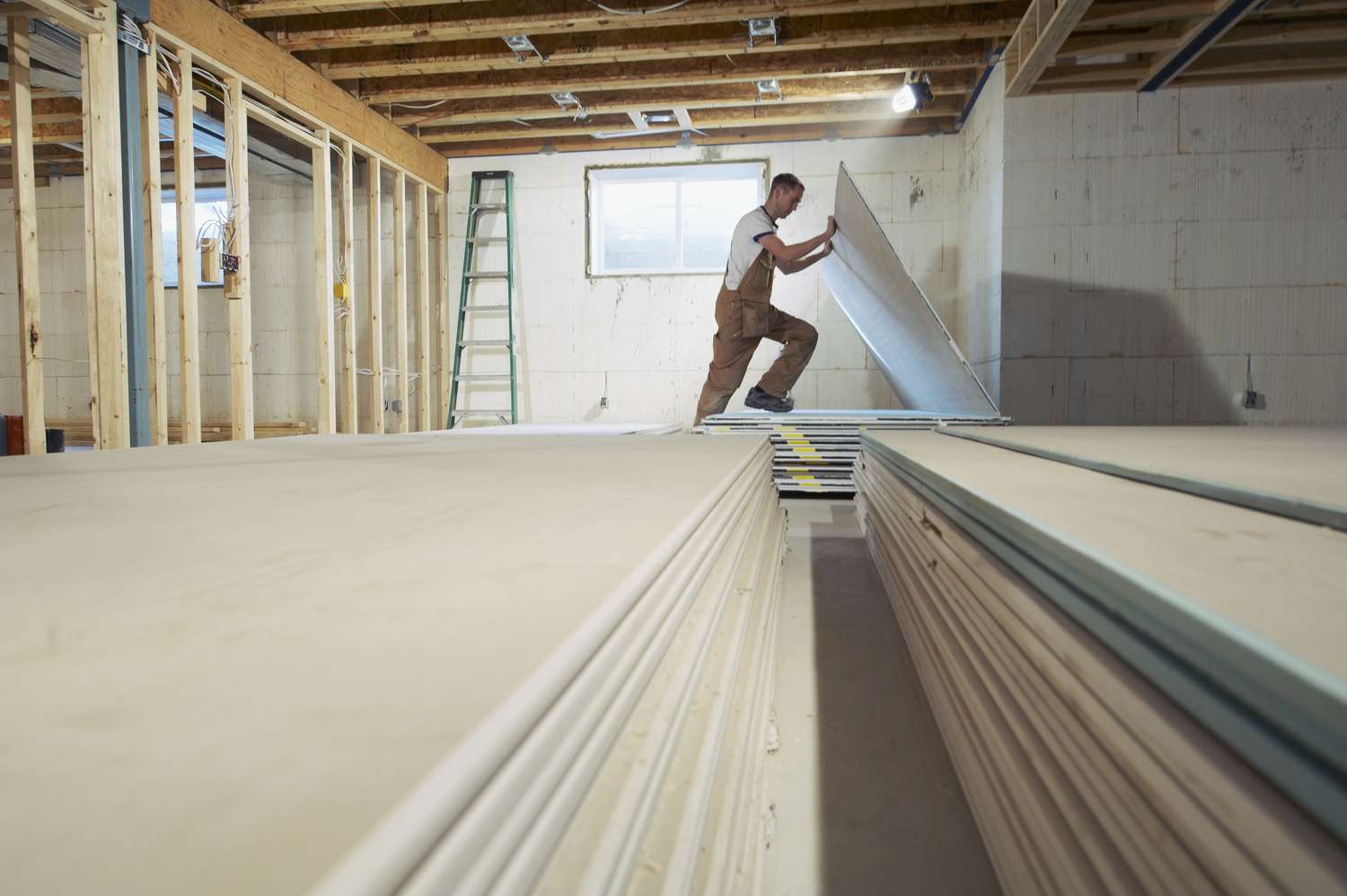
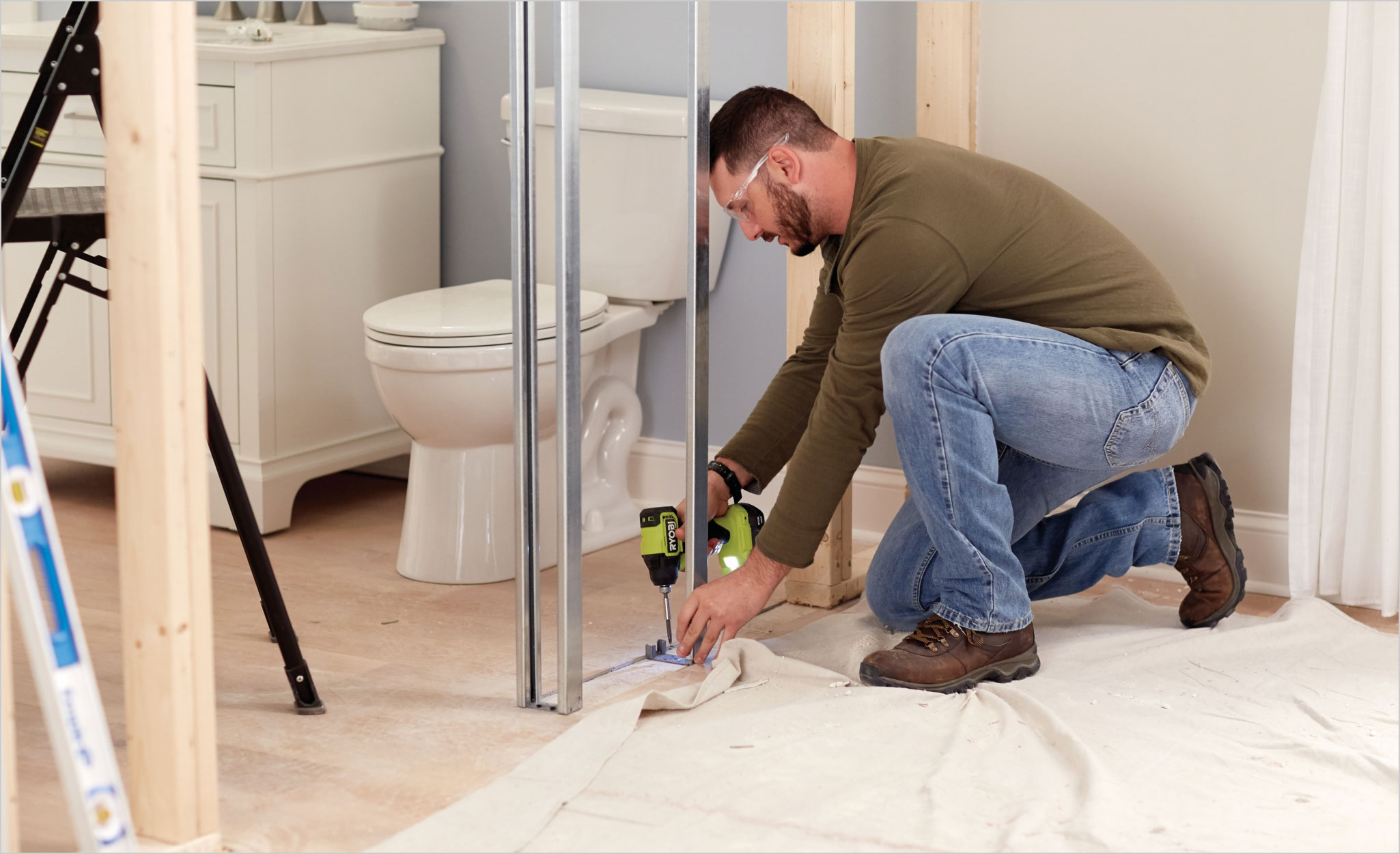
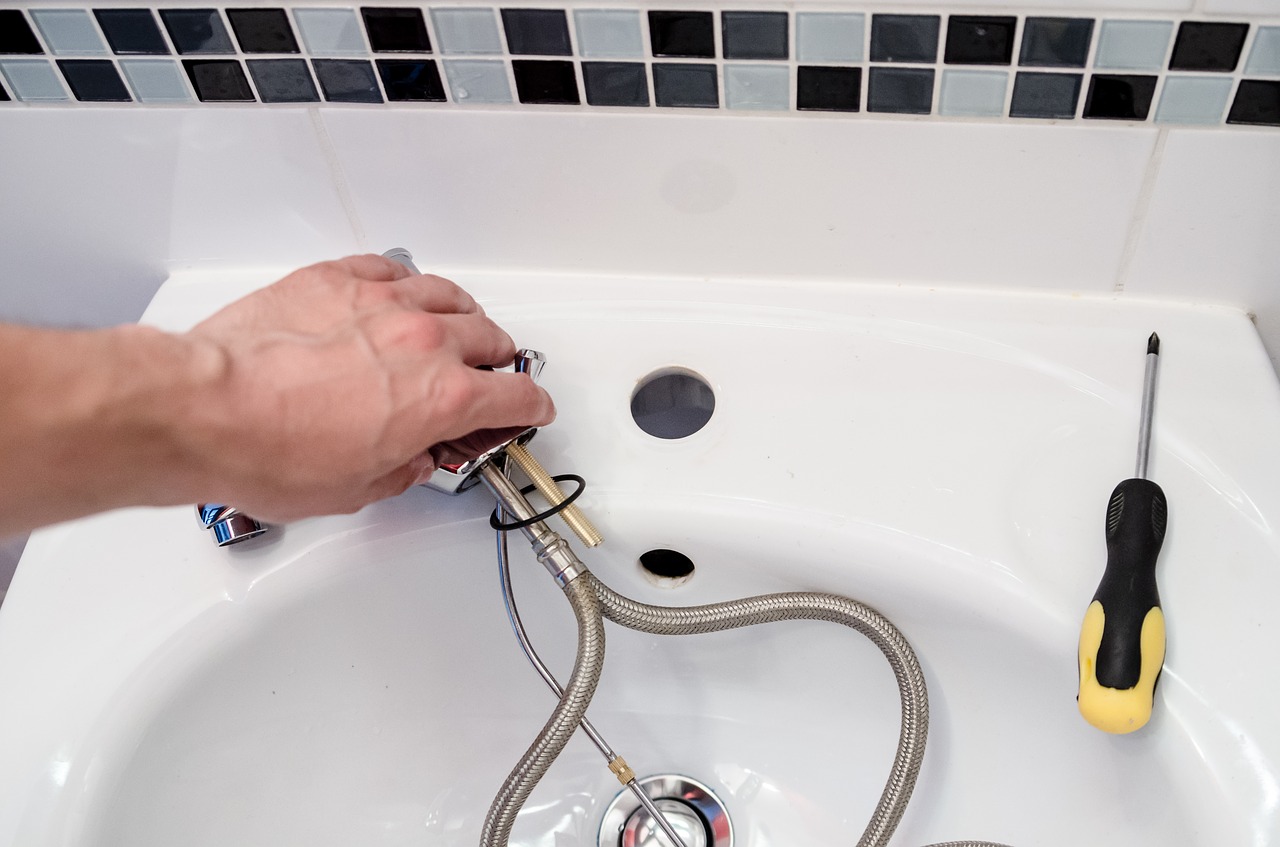



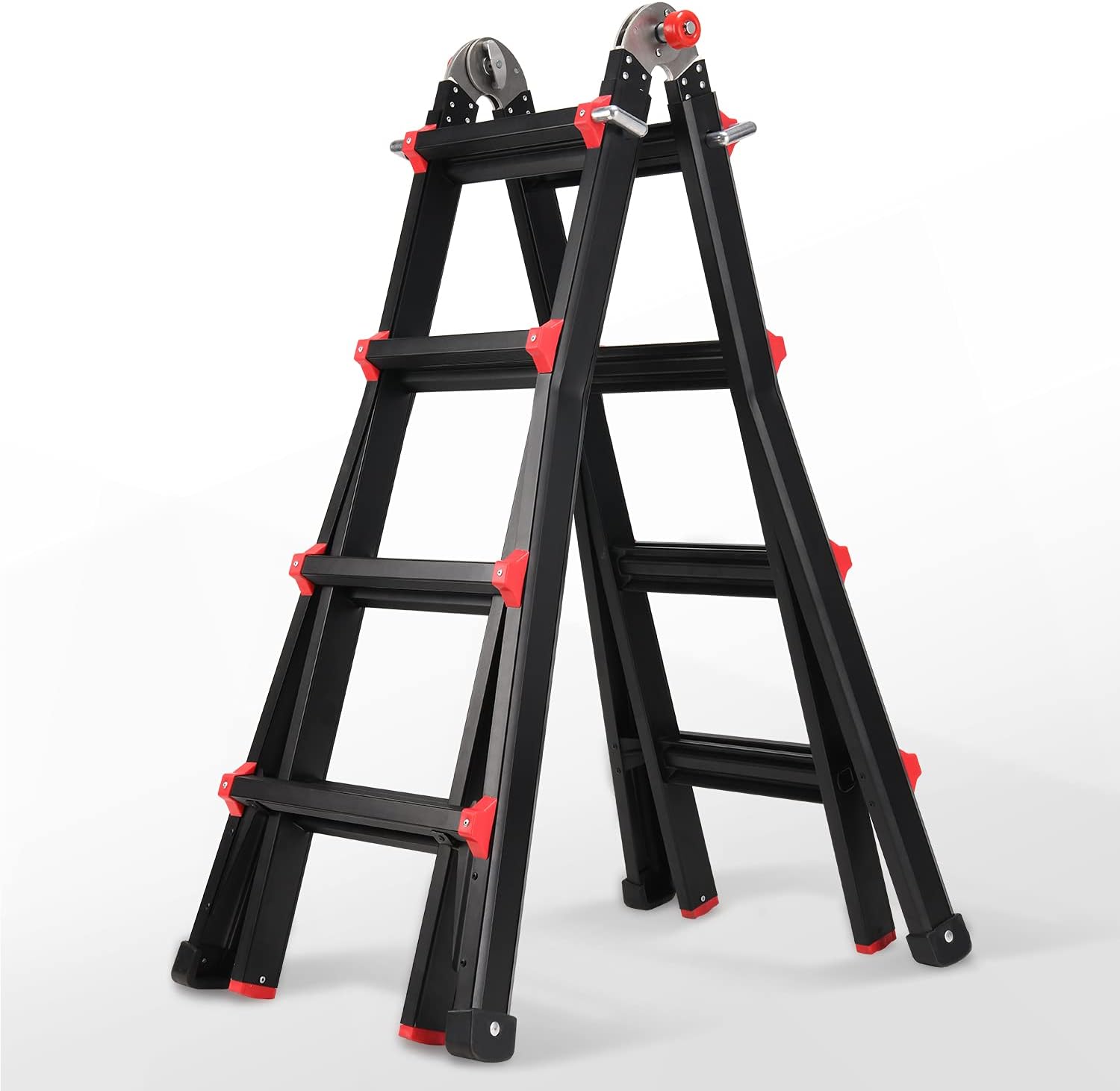


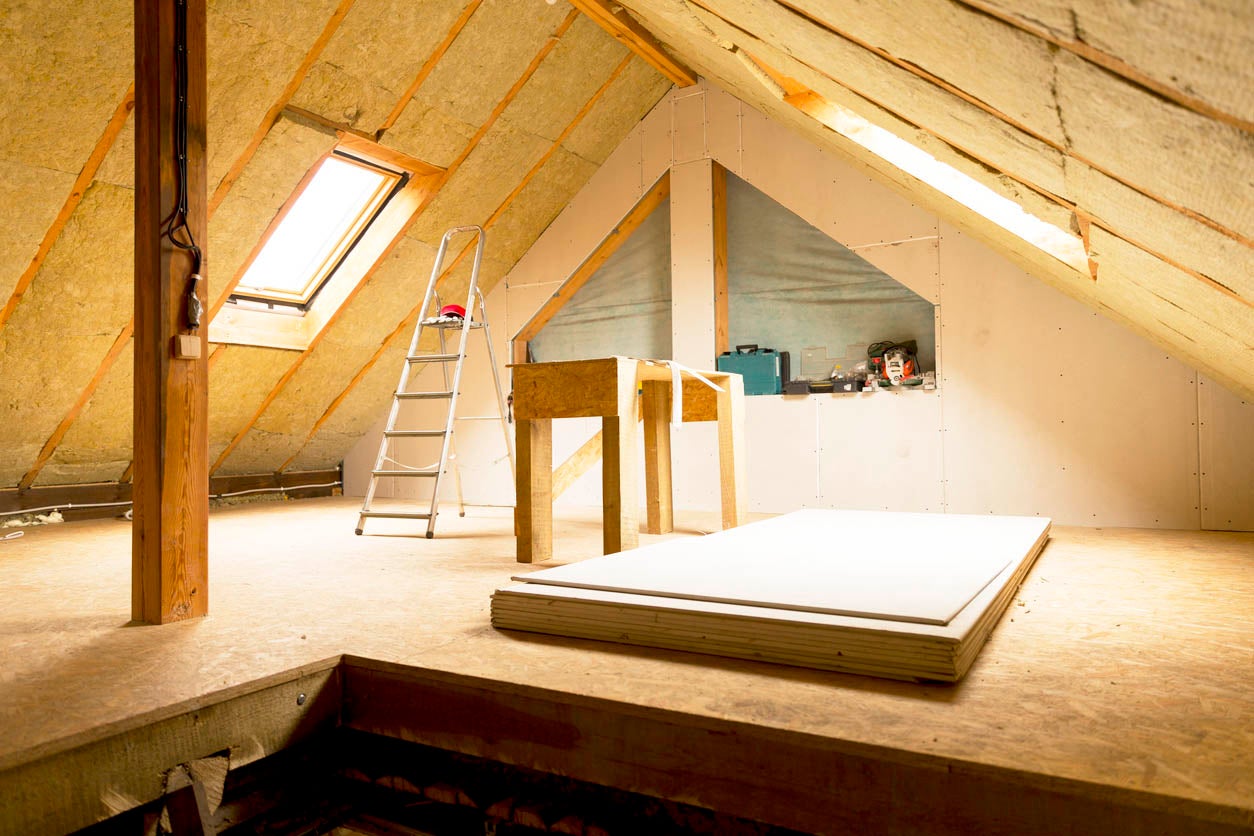
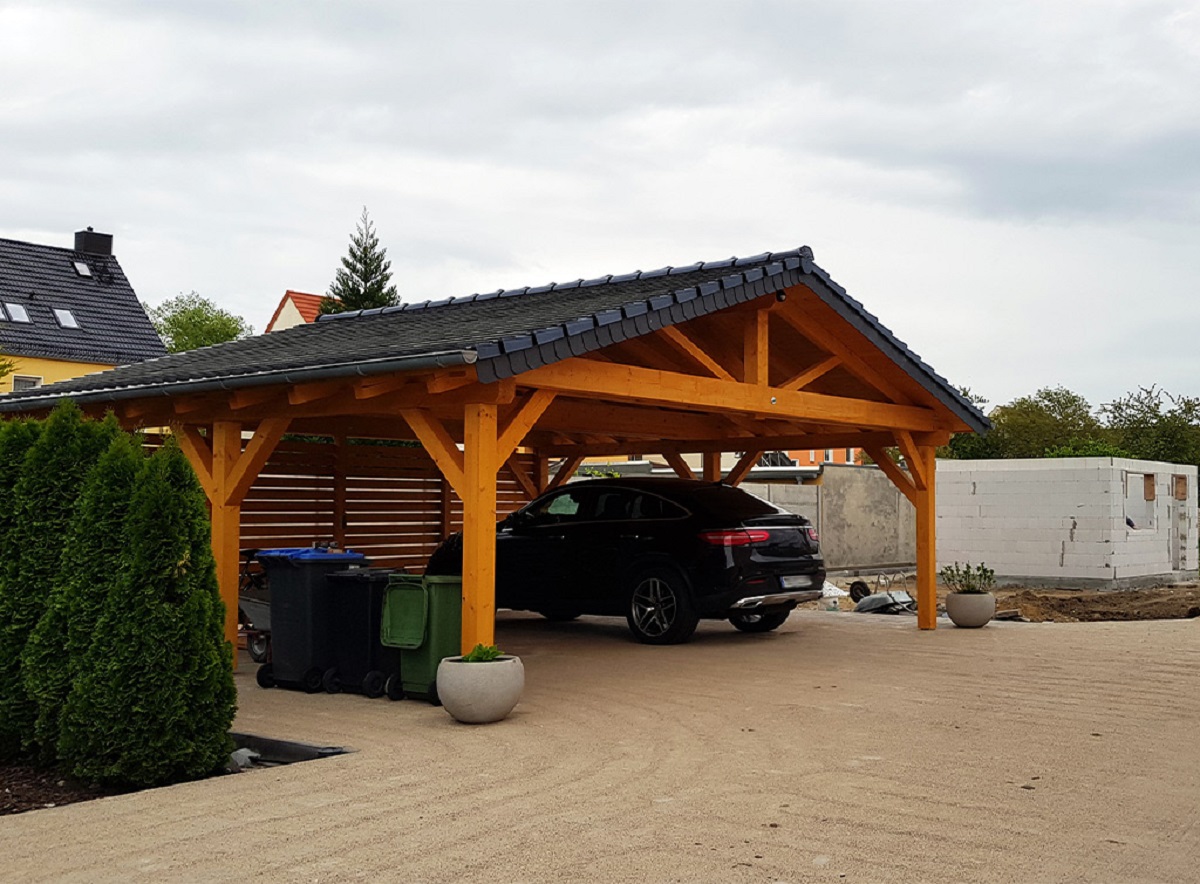
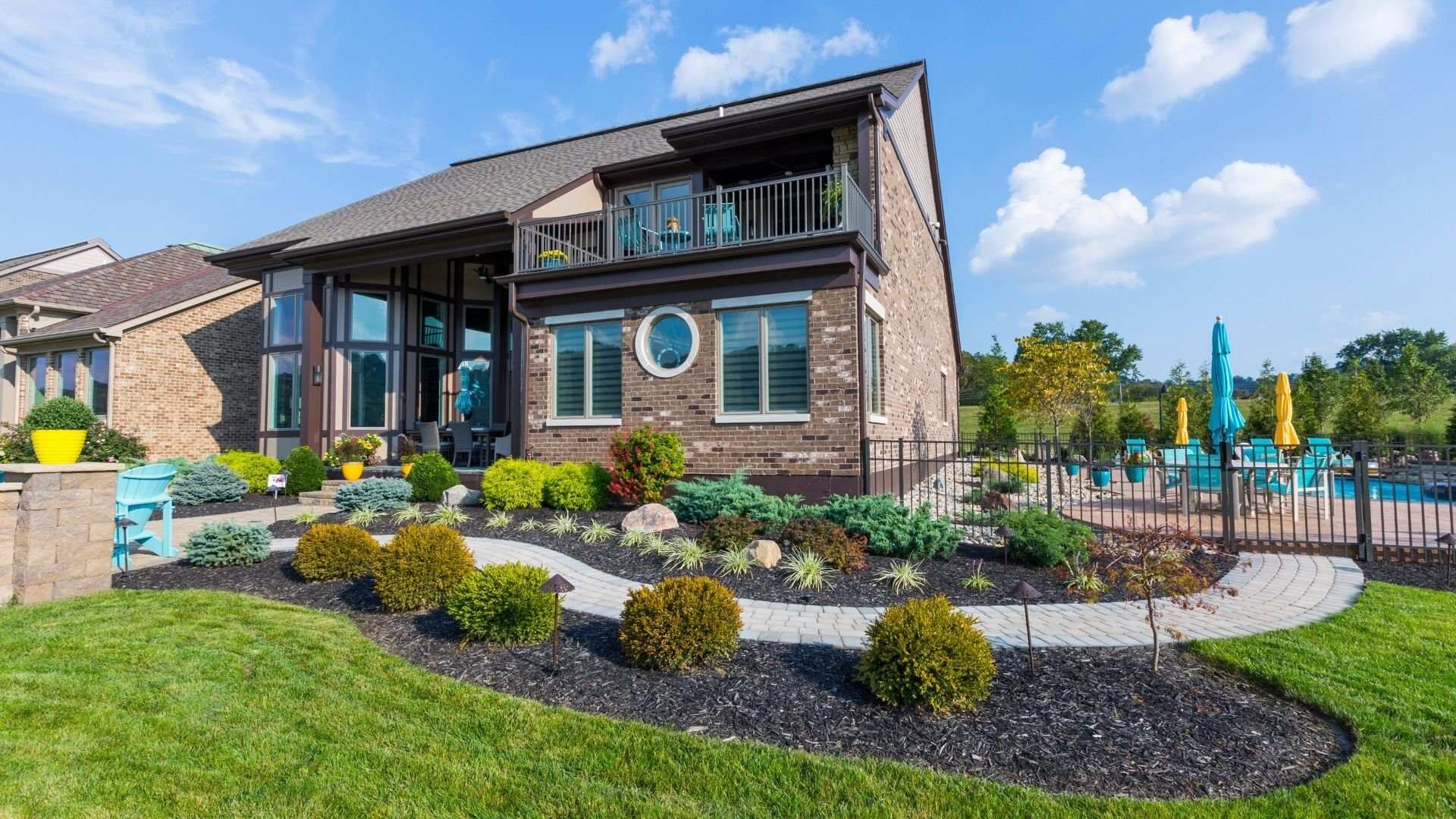
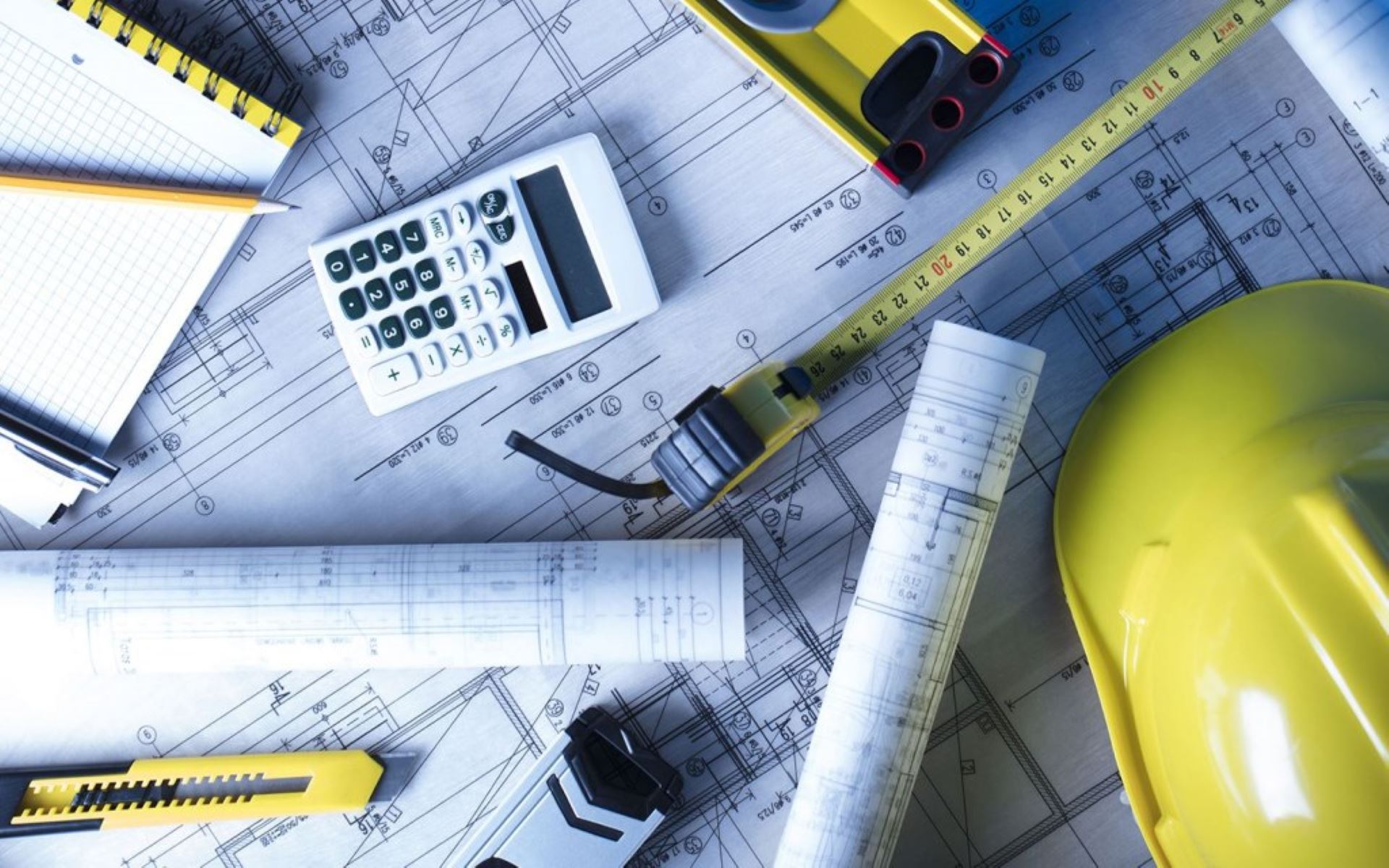
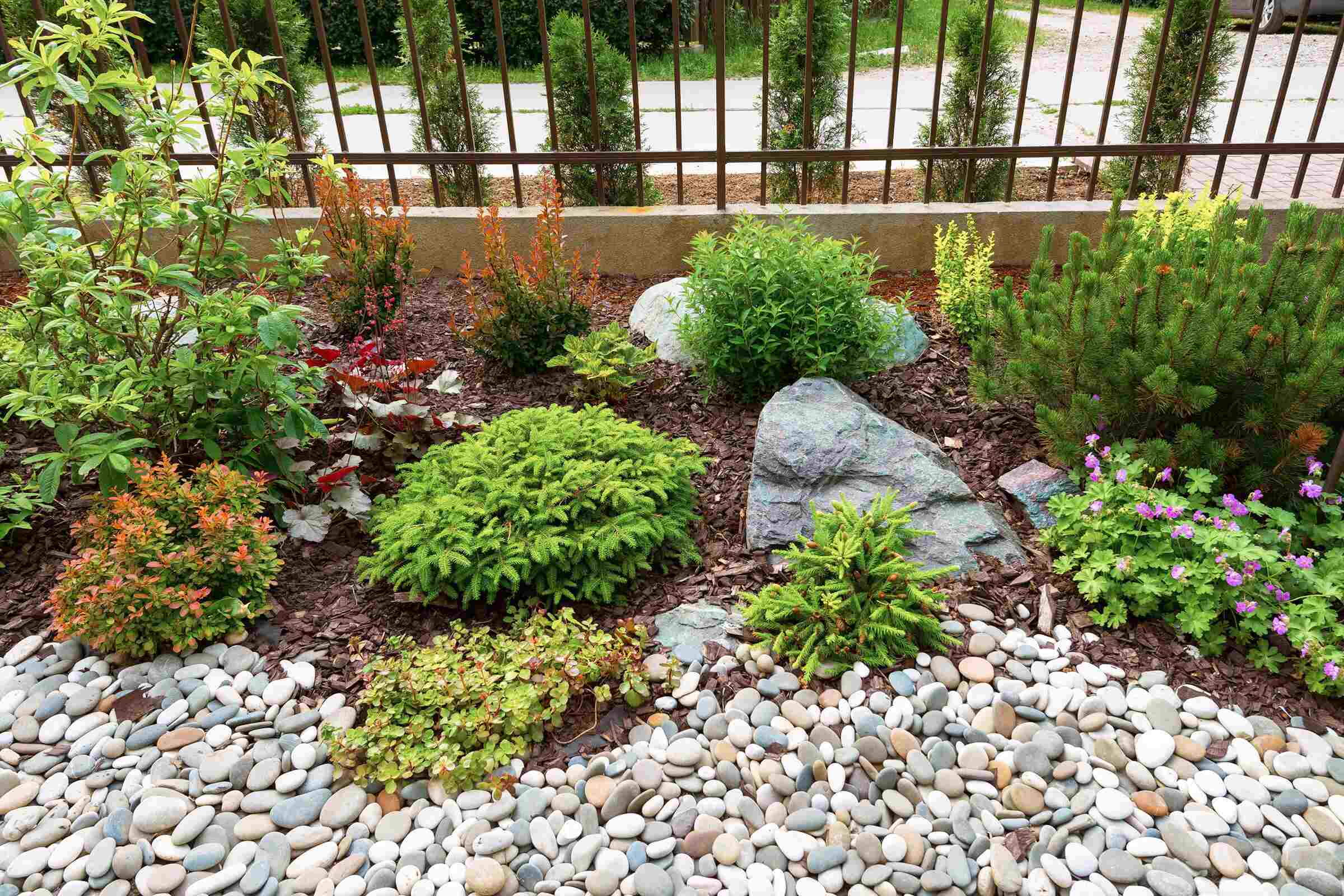

0 thoughts on “How Much Does It Cost To Remodel A Bathroom?”